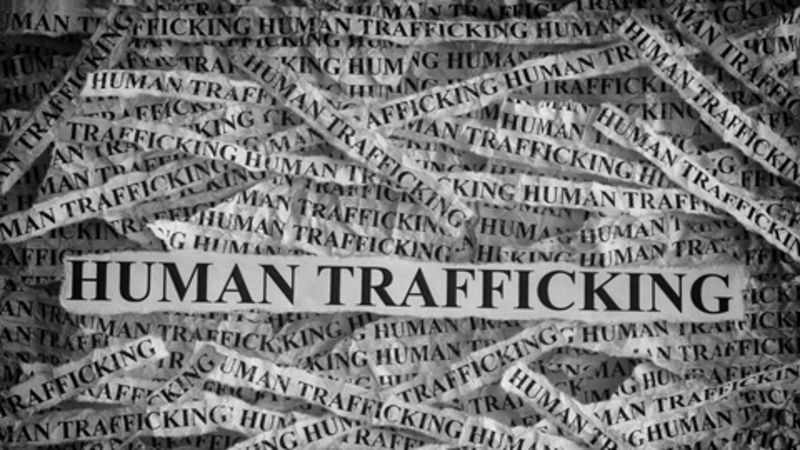
Victims getting younger, says ALERT, as groups recognize World Day Against Trafficking in Persons
This week, there’s an added spotlight on the subject of human trafficking, as groups around the globe mark World Day Against Trafficking in Persons (July 30).
Human trafficking occurs in different forms, mainly involving sex or labour, according to a public awareness campaign by the Government of Canada.
In terms of how someone gets there, there are different paths, says Bryn Gunning, safety network coordinator with the Alberta Law Enforcement Response Teams’ (ALERT) southern Alberta human trafficking unit.
“Human trafficking is the second-largest growing crime in Canada. Since COVID, it’s kind of exploded, and primarily consists of girls who are vulnerable, being contacted through social media platforms Snapchat and Instagram,” Gunning explains.
